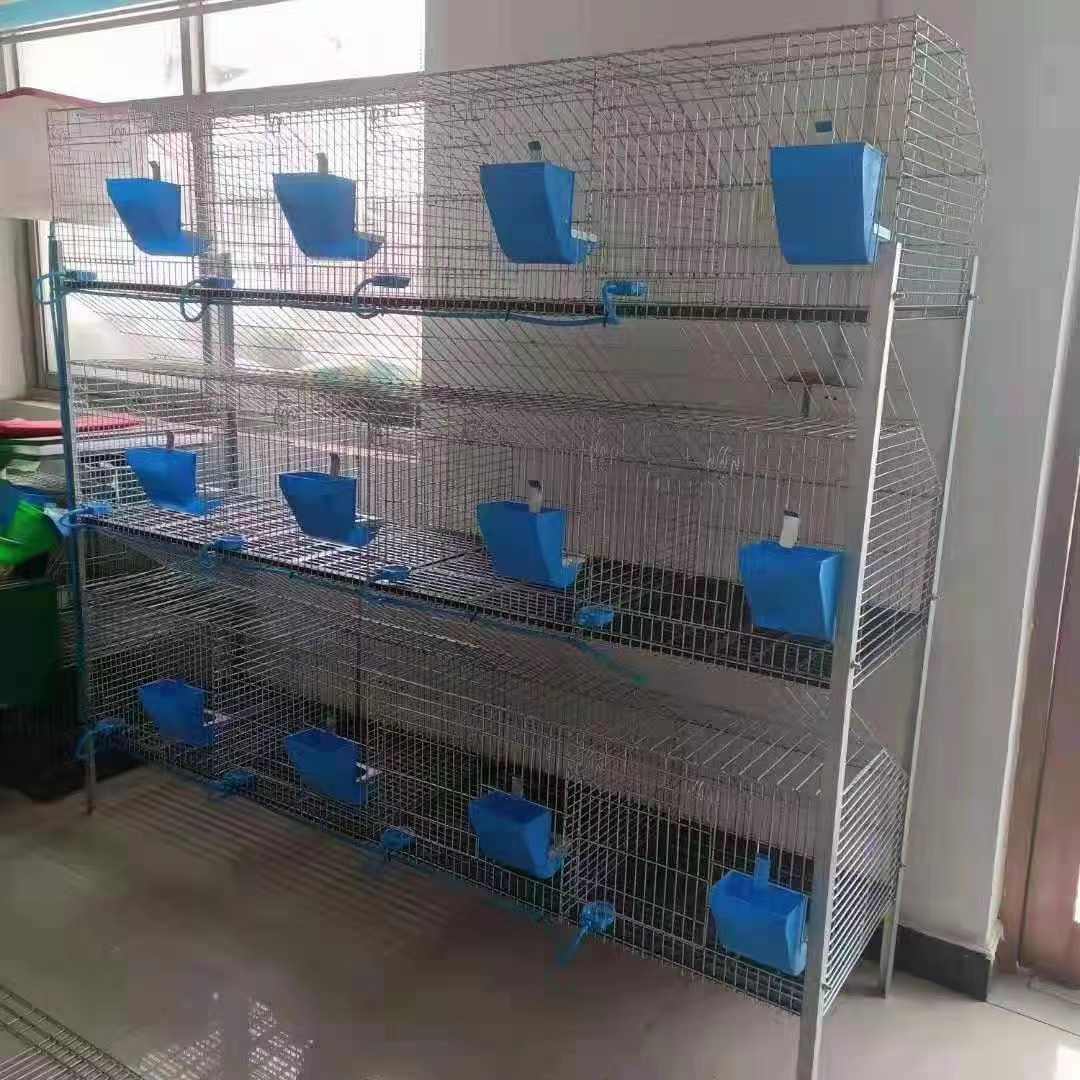vertical feed mixer
Dec . 18, 2024 14:04 Back to list
vertical feed mixer
The Importance of Vertical Feed Mixers in Modern Agriculture
In the ever-evolving world of agriculture, efficient feed preparation is crucial for the productivity and sustainability of livestock operations. Among the various technologies available for feed mixing, vertical feed mixers have gained significant popularity due to their numerous advantages. This article delves into the features, benefits, and applications of vertical feed mixers, highlighting their significance in modern farming practices.
What is a Vertical Feed Mixer?
A vertical feed mixer, as the name suggests, has a vertical orientation for its mixing chamber. This configuration allows for the efficient combination of various feed ingredients, ensuring a homogeneous mixture that meets the nutritional requirements of livestock. The design typically includes one or two vertical augers that facilitate the mixing process. These augers rotate to blend both dry and wet ingredients thoroughly, minimizing clumping and ensuring an even distribution of nutrients.
Key Features of Vertical Feed Mixers
1. Versatile Mixing Capability Vertical feed mixers can handle a wide variety of feed ingredients, including silage, hay, grains, and protein supplements. This versatility makes them suitable for different livestock types, including cattle, sheep, goats, and poultry.
2. Efficient Mixing Action The vertical orientation and auger design allow for efficient movement of materials within the mixer. As the augers rotate, they lift the feed, creating a spiral action that ensures even mixing and prevents feed from settling. This results in a consistent final product that livestock can readily consume.
3. Space-Saving Design Many vertical feed mixers are designed with a compact profile, making them suitable for farms with limited space. Their smaller footprint compared to horizontal mixers allows for easier integration into existing operations without requiring extensive modifications.
4. Enhanced Nutrient Retention The gentle mixing action of vertical feed mixers reduces the risk of destruction of delicate nutrients present in the feed. This is especially important for maintaining the quality of vitamins and minerals that are essential for animal health.
5. User-Friendly Operation Most models come equipped with modern digital controls that enable precise adjustments to mixing time and speed. This user-friendly approach ensures that operators can achieve the desired consistency and quality of feed with minimal effort.
vertical feed mixer

Benefits of Using Vertical Feed Mixers
1. Cost-Effectiveness By ensuring an even and well-mixed feed, vertical feed mixers help reduce wastage and optimize feed consumption among livestock. This can lead to significant cost savings over time, as farmers can achieve better feed efficiency and overall animal performance.
2. Increased Animal Performance A well-balanced diet is essential for livestock growth, reproduction, and overall health. Vertical feed mixers ensure that animals receive a consistent and complete diet, promoting better weight gain and milk production, which are crucial for profitability.
3. Labor Savings The efficiency of vertical feed mixers reduces the time and labor required for feed preparation. Farmers can allocate these saved resources to other critical tasks within their operations, enhancing overall productivity.
4. Improved Feed Quality The ability to thoroughly mix ingredients helps prevent segregation of feed components. This ensures that every animal receives an equal share of nutrients, leading to healthier livestock and reducing the risk of dietary imbalances.
Applications in Livestock Farming
Vertical feed mixers are widely used in various livestock farming operations. They are particularly beneficial for larger operations that require consistent feed preparation for high numbers of animals. Dairy farms often employ these mixers to create balanced rations for their herds, while beef cattle operations utilize them for combining silage and concentrates effectively. Furthermore, in mixed farming systems, vertical feed mixers can accommodate a wide range of feed types, supporting diverse livestock species.
Conclusion
As agriculture continues to advance, the role of technology in improving operational efficiency cannot be overstated. Vertical feed mixers stand out as a vital tool for livestock farmers seeking to enhance feed quality, optimize production costs, and ensure the health of their animals. By investing in modern feed mixing solutions like vertical mixers, farmers can secure a sustainable future for their operations, driving productivity while adhering to best practices in animal nutrition.
-
Hot Sale 24 & 18 Door Rabbit Cages - Premium Breeding Solutions
NewsJul.25,2025
-
Automatic Feeding Line System Pan Feeder Nipple Drinker - Anping County Yize Metal Products Co., Ltd.
NewsJul.21,2025
-
Automatic Feeding Line System Pan Feeder Nipple Drinker - Anping County Yize Metal Products Co., Ltd.
NewsJul.21,2025
-
Automatic Feeding Line System - Anping Yize | Precision & Nipple
NewsJul.21,2025
-
Automatic Feeding Line System - Anping Yize | Precision & Nipple
NewsJul.21,2025
-
Automatic Feeding Line System-Anping County Yize Metal Products Co., Ltd.|Efficient Feed Distribution&Customized Animal Farming Solutions
NewsJul.21,2025






